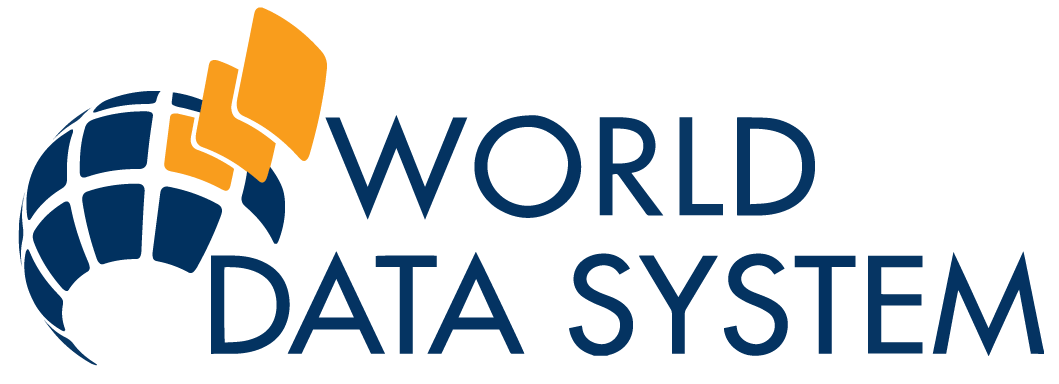GPS at Tide Gauges (GPS@TG) Working Groups
Over the past few years, considerable developments have taken place with the Global Positioning System (GPS) and other advanced geodetic techniques for monitoring rates of vertical land movements, with the aim of eventually removing the land movement signals from the sea level records. The PSMSL, and organisations with which it is closely associated, have taken major leads in these developments.In 1988 a meeting of tide gauge experts and geodesists was held at the Woods Hole Oceanographic Institution under the auspices of the IAPSO Commission on Mean Sea Level and Tides. The conclusions of the meeting were published as Carter et al. (1989):
Carter, W.E., Aubrey, D.G., Baker, T.F., Boucher, C., Le Provost, C., Pugh, D.T., Peltier, W.R., Zumberge, M., Rapp, R.H., Shutz, R.E., Emery, K.O. and Enfield, D.B. 1989. Geodetic fixing of tide gauge benchmarks. Woods Hole Oceanographic Institution Technical Report, WHOI-89-31, 44pp.
A key recommendation of the meeting was that geocentric coordinates of tide gauge benchmarks, derived primarily from differential Global Positioning System (GPS) measurements relative to International Earth Rotation Service (IERS) 'fundamental points' (but not exclusively e.g. DORIS), should be stored at the PSMSL alongside the sea level data.
A follow-up meeting was held in December 1993 at the Institute of Oceanographic Sciences Deacon Laboratory, Wormley, Surrey to review progress, with the conclusions and recommendations published as Carter (1994):
Carter, W.E. (ed.) 1994. Report of the Surrey Workshop of the IAPSO Tide Gauge Bench Mark Fixing Committee. Report of a meeting held 13-15 December 1993 at the Institute of Oceanographic Sciences Deacon Laboratory. NOAA Technical Report NOSOES0006. 81pp.
Since the Woods Hole meeting, considerable developments had taken place with the GPS technique in particular and with the organistion of centres to analyse such data, in particular with the development of the International GNSS Service for Geodynamics (IGS). By now the concept of 'campaign mode' differential measurements to 'fundamental points' was beginning to change to the use of Continuous GPS (CGPS) receivers located within the global GPS network itself.
In March 1997 a third major meeting on this topic was held at the Jet Propulsion Laboratory, California organised by the IGS and the PSMSL. A report on the meeting was made available (Neilan et al., 1998):
Neilan, R., Van Scoy, P.A. and Woodworth, P.L. (eds). 1998. Proceedings of the Workshop on methods for monitoring sea level: GPS and tide gauge benchmark monitoring, GPS altimeter calibration Workshop organised by the IGS and PSMSL, Jet Propulsion Laboratory, 17-18 March 1997. 202pp. (which is available as a PDF file in 2 parts from the JPL at NASA ).
In May 1999 a fourth meeting was held in Toulouse, France alongside the Sixth Meeting of the GLOSS Group of Experts. At that meeting, plans were made for the initiation of an international study group on 'How to Operate GPS at Tide Gauge Sites' with the emphasis now on continuous (CGPS) rather than campaign (or episodic) measurements. This activity was thenceforward to be considered a combined PSMSL/GLOSS/IGS/IAG/IAPSO working group, chaired by Prof. Mike Bevis from the University of Hawaii, with its CGPS@TG web site.
Amongst other CGPS references, see:
Bevis, M., Scherer, W. and Merrifield, M. 2002. Technical issues and recommendations related to the installation of continuous GPS stations at tide gauges. Marine Geodesy, 25, 87-99.
A fifth meeting of the CGPS@TG working group took place in April 2001 alongside the seventh meeting of the GLOSS Group of Experts. A particular point of discussion was the need for a Pilot Project of the International GPS Service (IGS) on the topic of GPS at tide gauges (TIGA). This need was recognised by the participants and the TIGA project commenced during 2001. First TIGA results were discussed at a sixth meeting of the CGPS@TG group at a meeting in Toulouse in September 2002.
Since these pioneering first meetings, meetings of CGPS specialists have been held regularly, usually alongside meetings of the GLOSS Group of Experts.
These arrangements for the PSMSL to work closely with the IGS, in order to provide time series of vertical land movements alongside the tide gauge sea level time series, is an excellent example of 2 FAGS Services working closely together. This work will provide a decoupling of land and real sea level changes within the relative sea level tide gauge records.
A survey by Guy Woppelmann of the University of La Rochelle, France on the availability of permanent GPS receivers near to tide gauges has recently (June 2007) been updated on behalf of GLOSS, PSMSL, EUREF and other bodies and as a contribution to the CGPS@TG working group.





